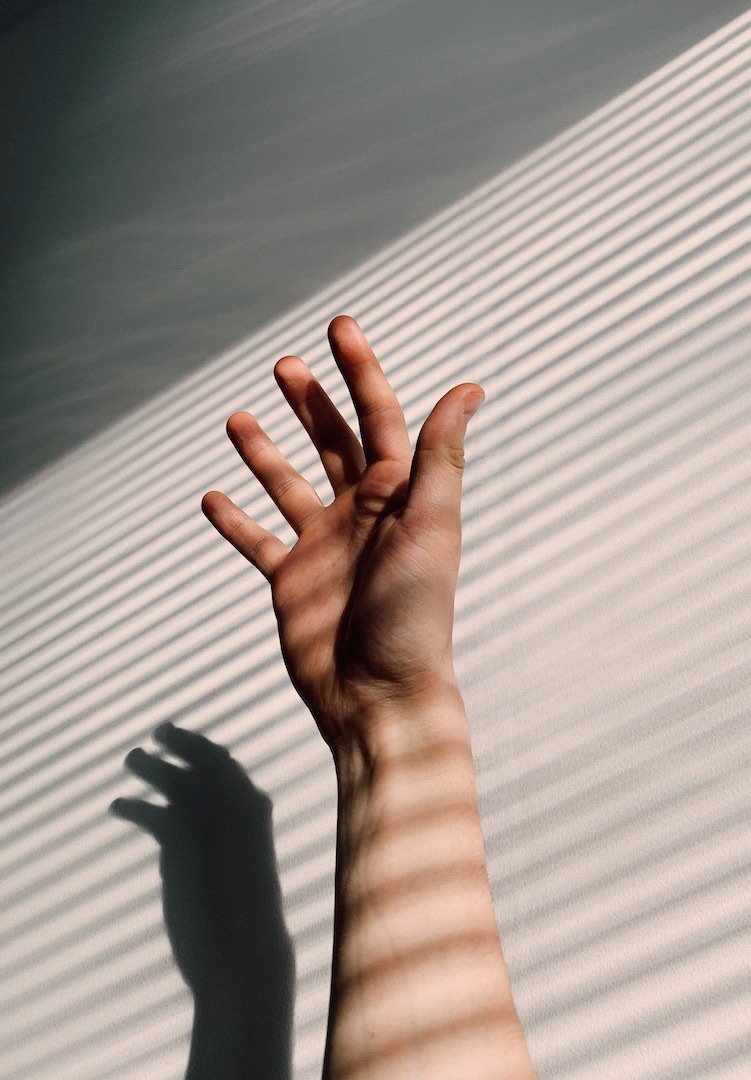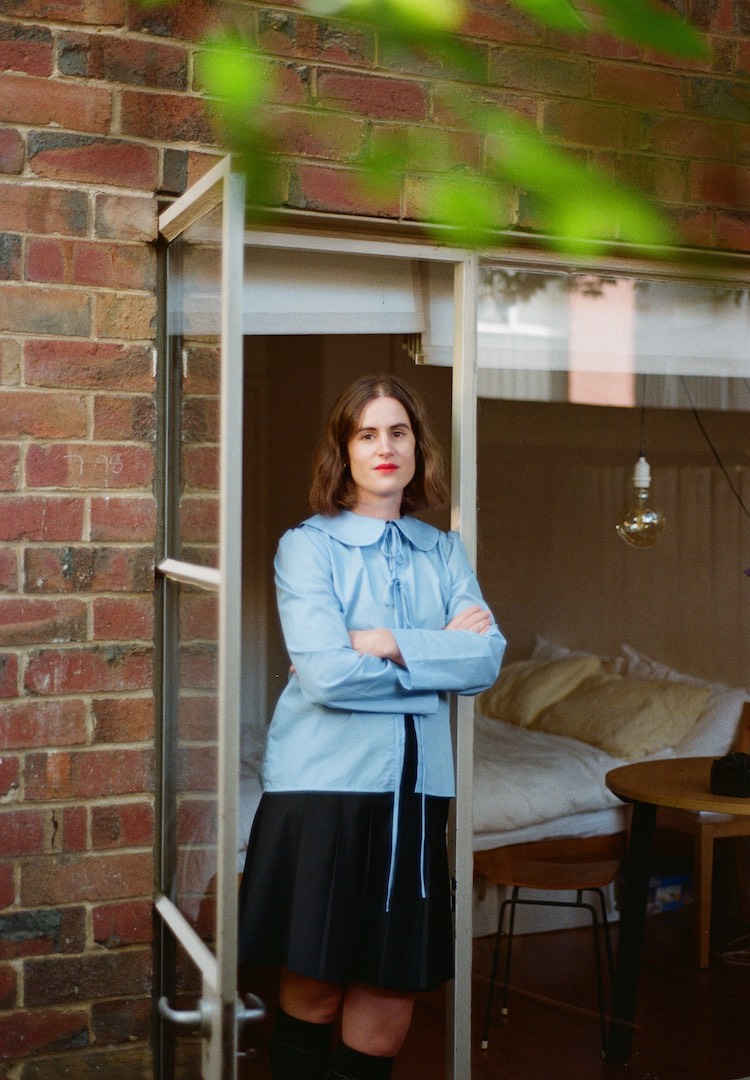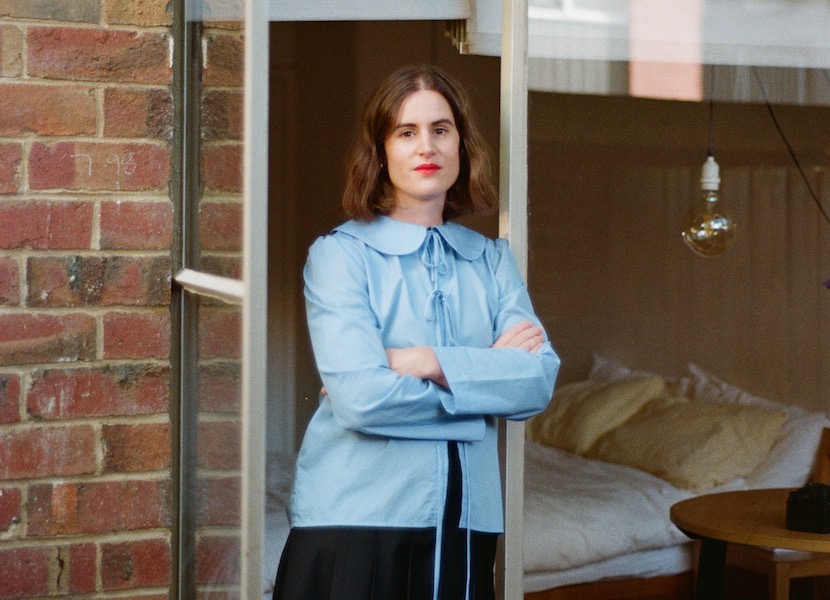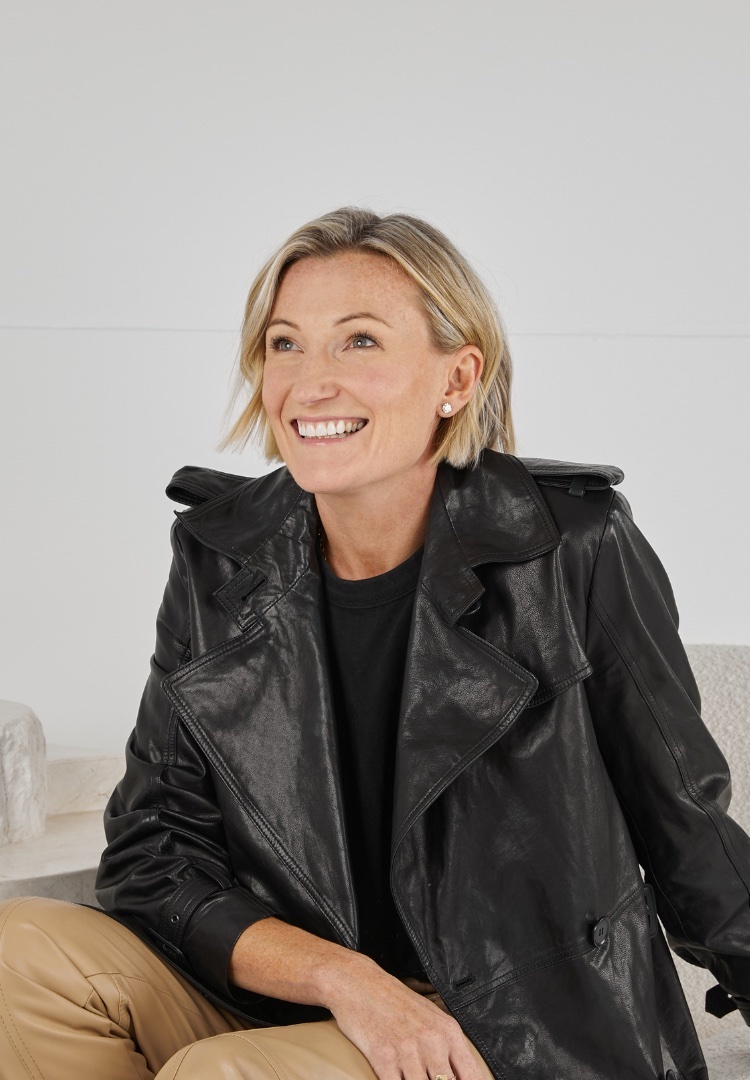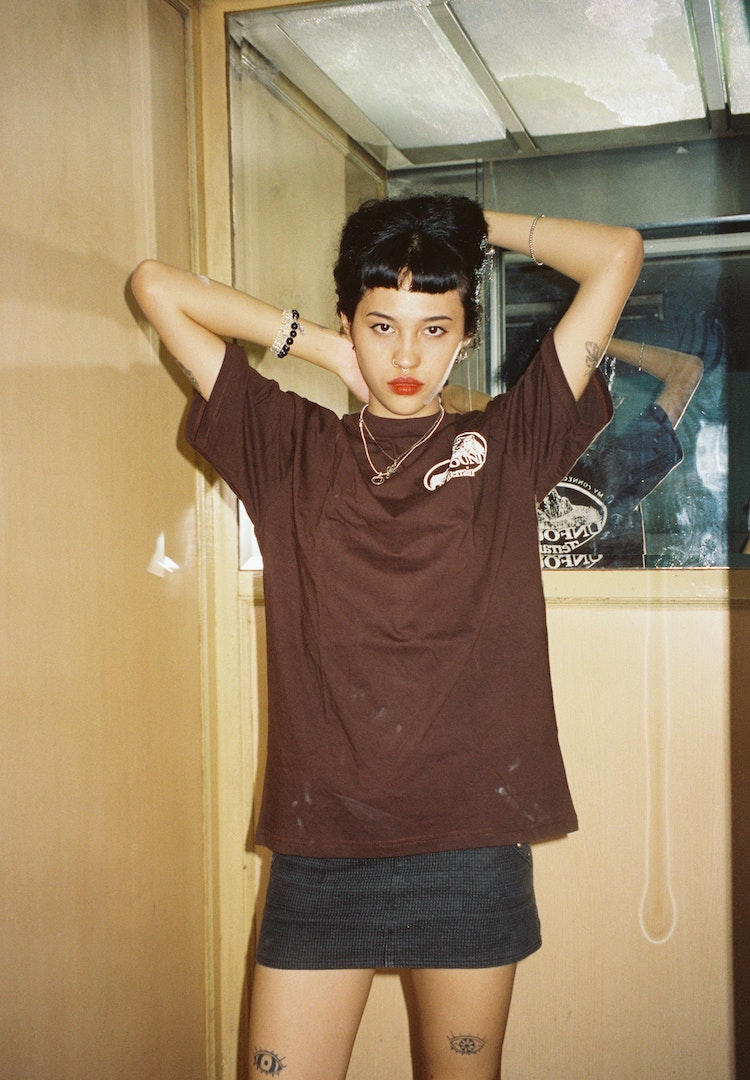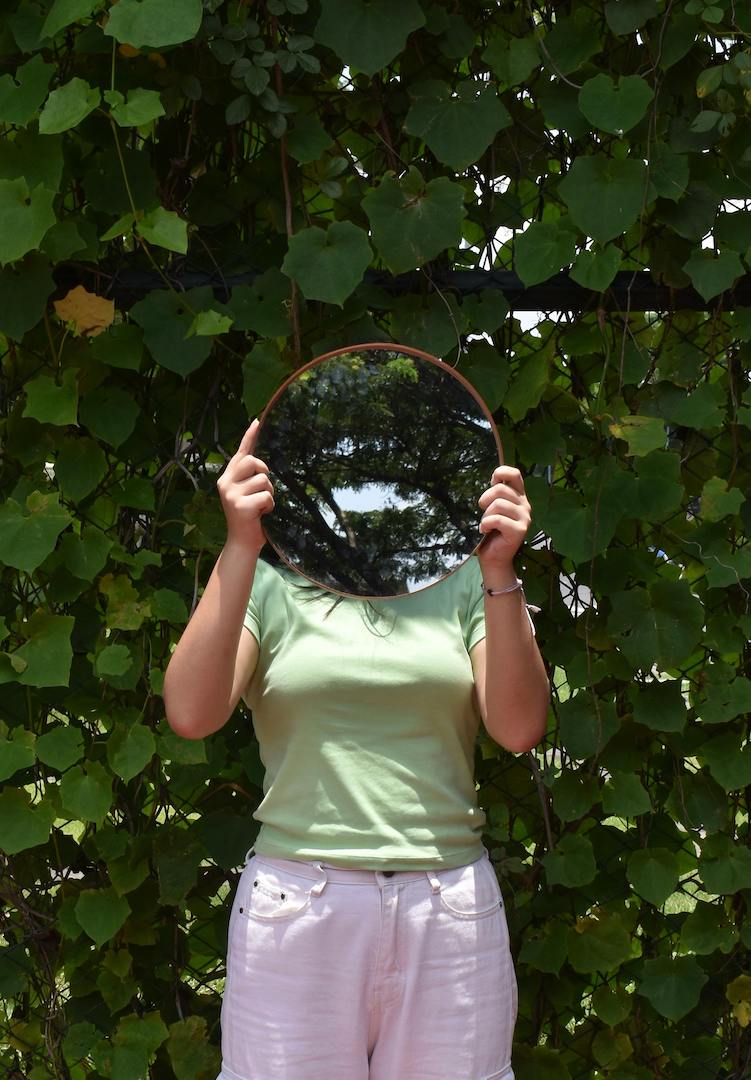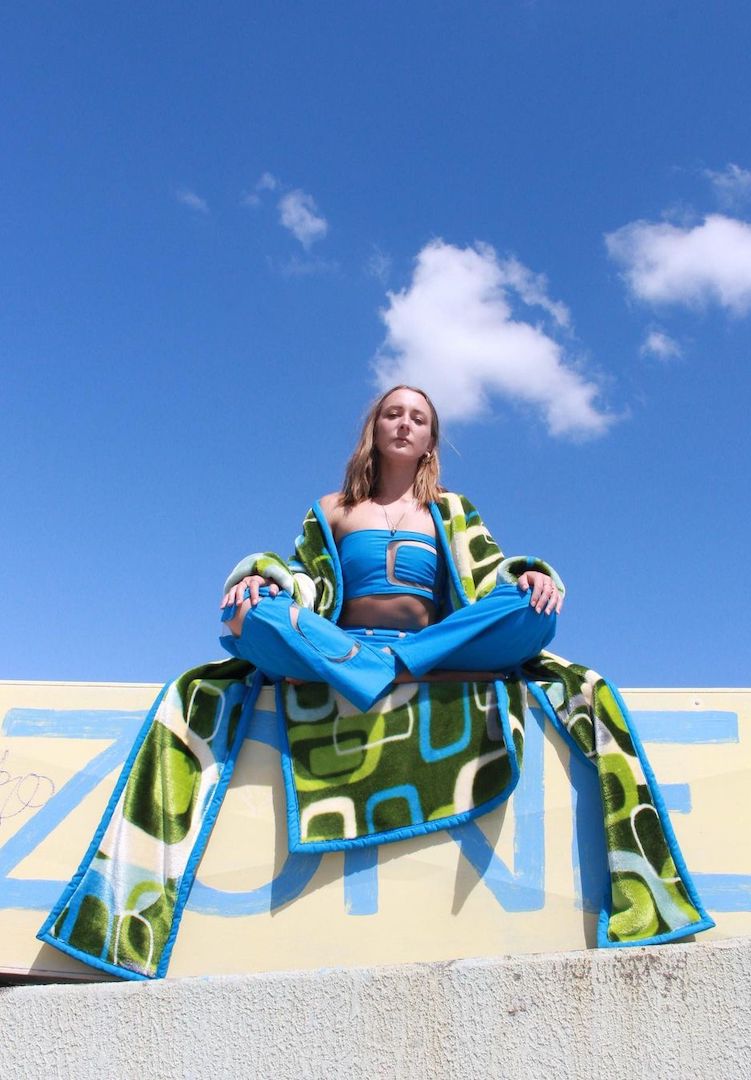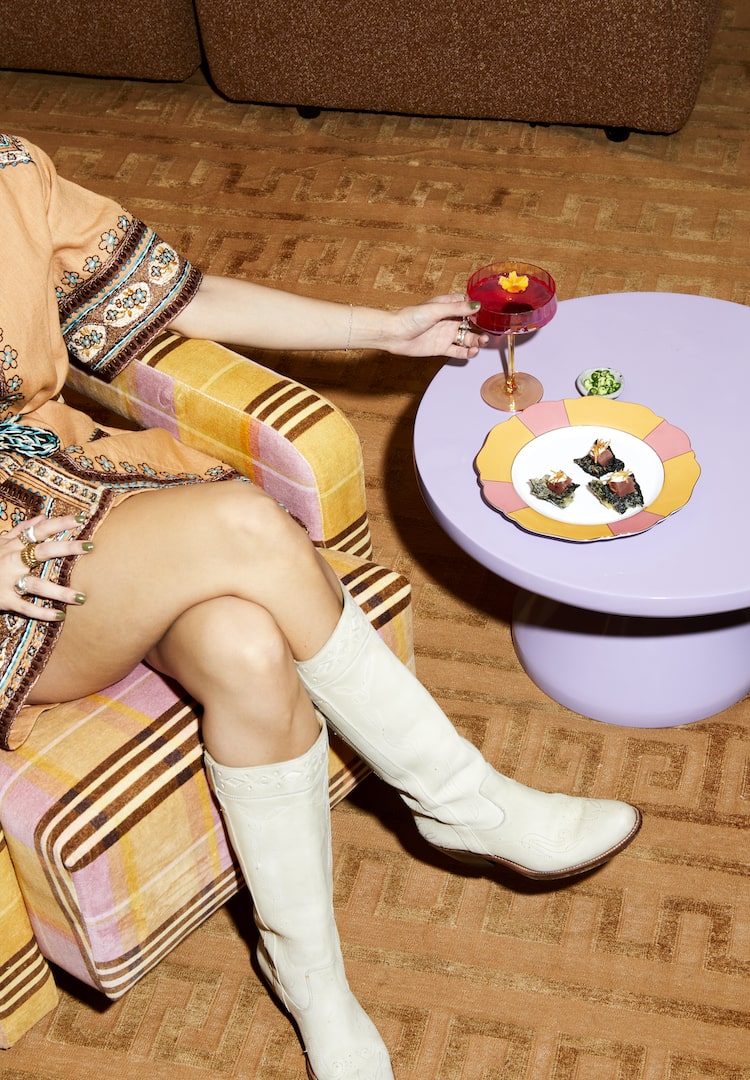How I Got Here: ACMI Curator Julia Murphy on prioritising calm in the workplace
PHOTOGRAPHY BY Tom Alber
WORDS BY CAIT EMMA BURKE
“Maintaining calm helps everyone, particularly when you’re installing an exhibition.”
Have you ever stalked someone on LinkedIn and wondered how on earth they managed to land that wildly impressive job? While the internet and social media might have us believe that our ideal job is a mere pipe dream, the individuals who have these jobs were, believe it or not, in the same position once, fantasising over someone else’s seemingly unattainable job.
But behind the awe-inspiring titles and the fancy work events lies a heck of a lot of hard work. So what lessons have been learnt and what skills have proved invaluable in getting them from daydreaming about success to actually being at the top of their industry?
Looking for a new 9 to 5? Head to our Careers page for new listings daily.
Welcome to How I Got Here, where we talk to women who are killing it in their respective fields about how they landed their awe-inspiring jobs, exploring the peaks and pits, the failures and the wins, and most importantly the knowledge, advice and practical tips they’ve gleaned along the way.
This week we speak to Julia Murphy, a Curator at Australia’s national museum of screen culture, ACMI. Despite her covetable job, being a curator wasn’t always on the cards for her. After studying literature and art history, she developed an interest in contemporary art and began volunteering at artist-run spaces and galleries. A foray into publishing followed before she realised that art curating was calling her name. Here’s what she learnt along the way.
What do you do and what’s your official job title?
I’m a curator at ACMI, where I work on exhibitions of contemporary video art and cinema history.
Take us back to when you were first starting out. Did you study to get into your chosen field, or did you start out with an internship/entry-level role and climb the ladder? Tell us the story.
I didn’t imagine that I would be a curator initially. I studied literature and art history and then started learning about contemporary art and volunteering at artist-run spaces and not-for-profit galleries. Working in those spaces opened me up to building relationships with artists, something I feel a natural affinity for.
I found learning about people’s individual practices fascinating and I was especially drawn to the way histories of art and artists intersect with cultural, social and political histories. I almost took a turn into publishing, but art curating appealed to me more – mainly because it meant I could work with artists and artworks, but I would also get to research, write and work on publications.
View this post on Instagram
I interned at Gertrude Contemporary and the National Gallery of Victoria while I was studying, curated my own exhibitions and wrote essays and reviews for publications. I was lucky to work on projects where I learnt a lot about archives and collections, and I’ve worked with artists and curators whose practice I continue to learn so much from. I’ve been at ACMI for about five years now, in a few different roles. I’ve worked with the film collection, time-based media artworks and artist archives – like the Sue Ford Moving Image Archive, which was donated to the museum by her estate.
I’m now in a curatorial position and have helped to deliver two major exhibitions: How I See It: Blak Art and Film, which was curated by Kate ten Buuren and features some incredible contemporary artists and iconic filmmakers, and Goddess: Power, Glamour, Rebellion, curated by Bethan Johnson, which interrogates the way women have been constructed on-screen throughout the history of cinema. All these projects have expanded my area of expertise from contemporary art to film, cultural history and costume design and I’m now working on some exciting upcoming projects.
What challenges/hurdles have you faced getting to where you are now? Can you tell us about one in particular?
Being a curator is a very niche position and it can be hard to get into a role and to continue on. Ongoing positions are hard to come by, and fixed-term or project-based work is common. Having said that, I think there is an extraordinary diversity in the types of roles you can do and if you can work out what your strengths and your interests are, it can give you the option of moving between different fields – there are museums and institutions, but there also (occasionally) academic positions, not-for-profit organisations and commercial galleries. If you are open and adaptable to different art forms or types of work, you can move around.
What do you want people to know about your industry/role?
View this post on Instagram
Art gives life meaning, and the artists, conservators, archivists, installers, writers – everyone involved – contribute to that. It’s a whole ecosystem that should be valued and supported, particularly through galleries and organisations that can fund and exhibit experimental practice.
What’s the best part about your role?
There are so many good parts. It’s a privilege to work with artists, filmmakers and designers. I love studio visits and learning about the way people approach their research and their practice. The best part about this is working with people who have the creative practice or expertise – learning from them and sharing that with other people.
What would surprise people about your role?
It’s not as glamorous as people sometimes think. Especially when you’re starting out. A lot of my time is spent writing emails, working on spreadsheets and going to meetings, just like any other job. For me, it’s important to be organised and diligent as a curator, even though in many ways it’s a creative role.
What skills have served you well in your industry?
Being nice, calm and detail-oriented. Maintaining calm helps everyone, particularly when you’re installing an exhibition, and being thorough helps to ensure smooth collaboration and delivery. I also value artistic practice and think it’s really important to ensure the integrity of an artist’s work, to help them realise their work in a supported way that encourages experimentation.
What advice would you give to someone who wants to be in a role like yours one day?
Go to exhibitions, look at art, read and see films. Be led by the work, not by the title. Art is meaningful and influential and fun; it can help us understand society and ourselves. Be open, be collaborative and listen to people’s experiences and perspectives.
What about a practical tip?
Learn how to handle art and cultural objects, and learn how to install them (or find people who can help you). Learn from the registrars, conservators, AV technicians – they have all the practical and material knowledge, which you need to make any concept come to life.
Read the rest of the How I Got Here series here.
Looking to step up to a career in media? Each week we send a wrap of industry jobs straight to your inbox. Enter your details below and we’ll keep you in the loop, or browse current openings here.

